Week 1.1 – 28th January. 2022
This module, we are required to work individually, and each need to build a single-player digital game prototype. This process is started by implementing and planning my game mechanics, then adding narrative, artwork, animation, level design and sound.
By the end we each should be able to distribute our game for user testing, and implementing changes based on player feedback.
To start the new module; IGO720, we are encouraged to look into the following areas;
- Differentiate roles within game development.
- Evaluate existing game development skills.
- State goals for future learning.
- Research and find learning resources.
What is the best game engine for your game?
I begin this week by reading an article, which helps you to take a look at the best game engine for you to use, dependant on; what kind of game you are aiming to create, the size of the game, whether its 2D or 3D, if you can code, and what your art skills are like? Overall you need a clear understanding, of what your strengths and weaknesses are before even going any further, with developing your game concept.
According to Kaizen technical director Philip Crabtree, he gives advice for, New Unreal Engine users;
“Kaizen’s Crabtree advises to experiment with a smaller idea, and move on to a bigger project once you’re familiar with the system: “Start with the templates, make little tweaks, understand how those systems work and then you can expand out of it.”
(Smith, C, K. 2020)
0
After reading the article, it has reconfirmed a few of the points I already knew, however it made me realise, that I need to be more aware with using blueprints as that could be a reason, why my game could run slow…or possible crash.
Extra precautions will be taken, when adding the blue prints now.
Skills Chart…
After researching further into the engines, I have found Unreal Engine 4, is the best fit for me, due to my skillset.
Below is a brief overview of where I think I am, for my own personal game development journey.
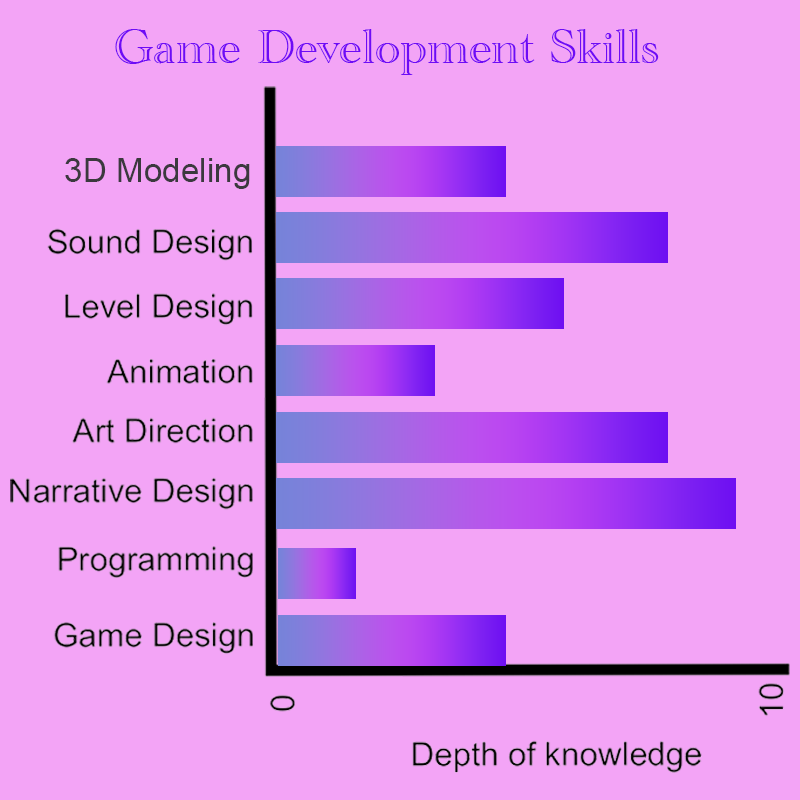
- 1) Game Design – I feel comfortable with – just the same as; 8) 3D Modelling with Maya which is just one thing I conquered from 740.
- 2) Programming/ for me would be Blueprints – I have started using them in Unreal, and would love to learn more and practice again for this module… However this is the area I have the least experience in.
- 3) Narrative Design – This is what I am most experienced in. Although I do write and illustrate children’s books, I feel that it is not the same for a game, because even if the story is emotional/action-packed adventure. You still need to make sure you focus on those ‘hooks’.
- 4) Art Direction – the same as; 7) Sound – I feel very comfortable with to, as I used to do it for my Ba In Theatre and Performance. I love doing voice acting, recording new sounds, and most recently making my own music for my game with my Novation MK3.
- 5) Animation – I also feel happy with, and have had a little practice here and there, so rated a little higher then blueprints.
- 6) Level Design – The one I rated higher then Game design, and 3D Modelling as I find it quite straight forward to make a level interesting…and attractive…but if I was able to add the extra blue prints to make it work, (if it was to be mechanical), that’s another question, or rather (how long) it may take.
I have learnt many new applications and skills in 740, and was very proud of the result. I just hope this can be achieved in this module too.
I am very enthusiastic, positive and determined… and can’t wait to start!!
‘We Are All Confident Idiots’
This article looks at an in-depth analysis, of how we think, and retain information of life experiences. It highlights that wisdom may not involve facts and formulas, but by allowing yourself to know when you have reached your limit, and recognising when you honestly don’t know, and cannot work it out. This could mean you are getting closer to an answer.
It reveals how when people are put on the spot, they usually don’t want to admit when they don’t know something. They feel under pressure and don’t want to look stupid.
According to Kendra Cherry, MS, an author and educational consultant, focused on helping students learn about psychology, the below’s quote explains how the Dunning-Kruger Effect begins.
The Dunning-Kruger effect is a type of cognitive bias in which people believe that they are smarter and more capable than they really are.
(Cherry, K. 2021)
0
Causes of the Dunning-Kruger Effect
Incompetent people tend to:
- Overestimate their own skill levels
- Fail to recognize the genuine skill and expertise of other people
- Fail to recognize their own mistakes and lack of skill
Dunning has pointed out that the very knowledge and skills necessary to be good at a task are the exact same qualities that a person needs to recognize that they are not good at that task. So if a person lacks those abilities, they remain not only bad at that task but ignorant to their own inability.
How can I relate to the Dunning-Kruger Effect?
I think from looking into the Dunning-Kruger Effect, that I am far from incompetent, as I am very aware of what I can and cannot do at the moment, in relation to Game Development.
I am aware of what I need to learn to get where I want to be, especially to help me start my new career. I also ask for others to give me their opinions, and put into practice.
I never for one minute overestimate my skills level, I always start from the beginning and, don’t try to “jump before I can walk”. If anything, once I have learnt something, I practice with it until I feel comfortable.
However the one thing I don’t do very often is question; “how this skill could be done in a shorter time“, or “is there an easier way of reaching my goal?“.
I think this is due to generally learning the basics of all the areas needed in game development, and once these skills are under my belt, I could start to research further.
How I will avoid the Dunning-Kruger Effect?
- Keep learning and practicing. Don’t assume you know all there is to know about a subject, keep digging deeper.
- Ask other people how you’re doing. Another effective strategy involves asking others for constructive criticism.
- Question what you know. Even as you learn more and get feedback, it can be easy to only pay attention to things that confirm what you think you already know.
Week 1.2 – 1st February. 2022
My current shape…
Senior Agile Coach Yip, explains what it is to be a T shaped person, and how useful it can be in a work force. I currently feel more suited to the generalist, as I am a beginner to game development as a whole.
But the skills that come into game development, voice acting, narrating, story telling, illustrating, designing, and generally creating, I am a little more experienced in, though after this module with a focus on creating my own game, I hope to gauge a much clearer idea of where my skills lye.

New Game begins – Maya 3D character
As requested we are asked to follow the steps, in the order that you would, as a professional in the games industry. Whereby I first will be starting with planning and implementing my game mechanics, and creating a character from scratch using Maya.
I have began this process by, following a tutorial for; how to make a head model in Maya, and being introduced to a brief overview of, how each muscle should look, with a topology explanation to start.
One of the important parts of this process when modelling a character, is to always have a front and side view of your reference image, to aline your image planes with the model you are creating. This way you can keep referencing back and forth, if need be.
Below are some quick sketches for my new character design, and a few screen shots of how the head developed in Maya.
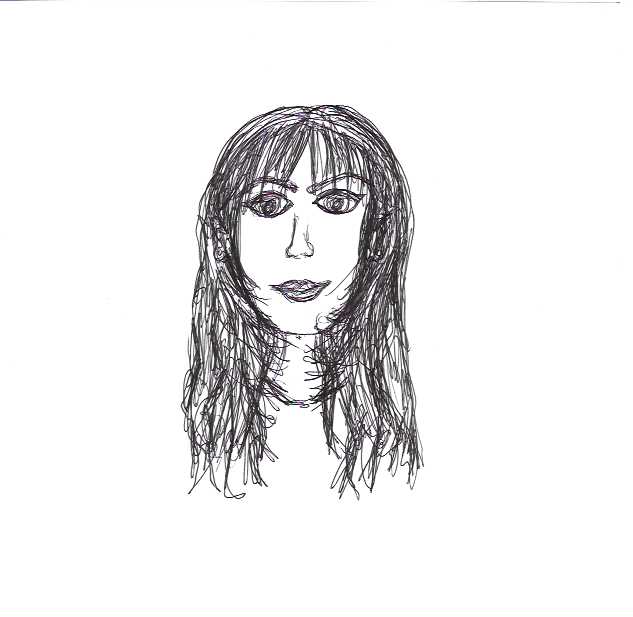

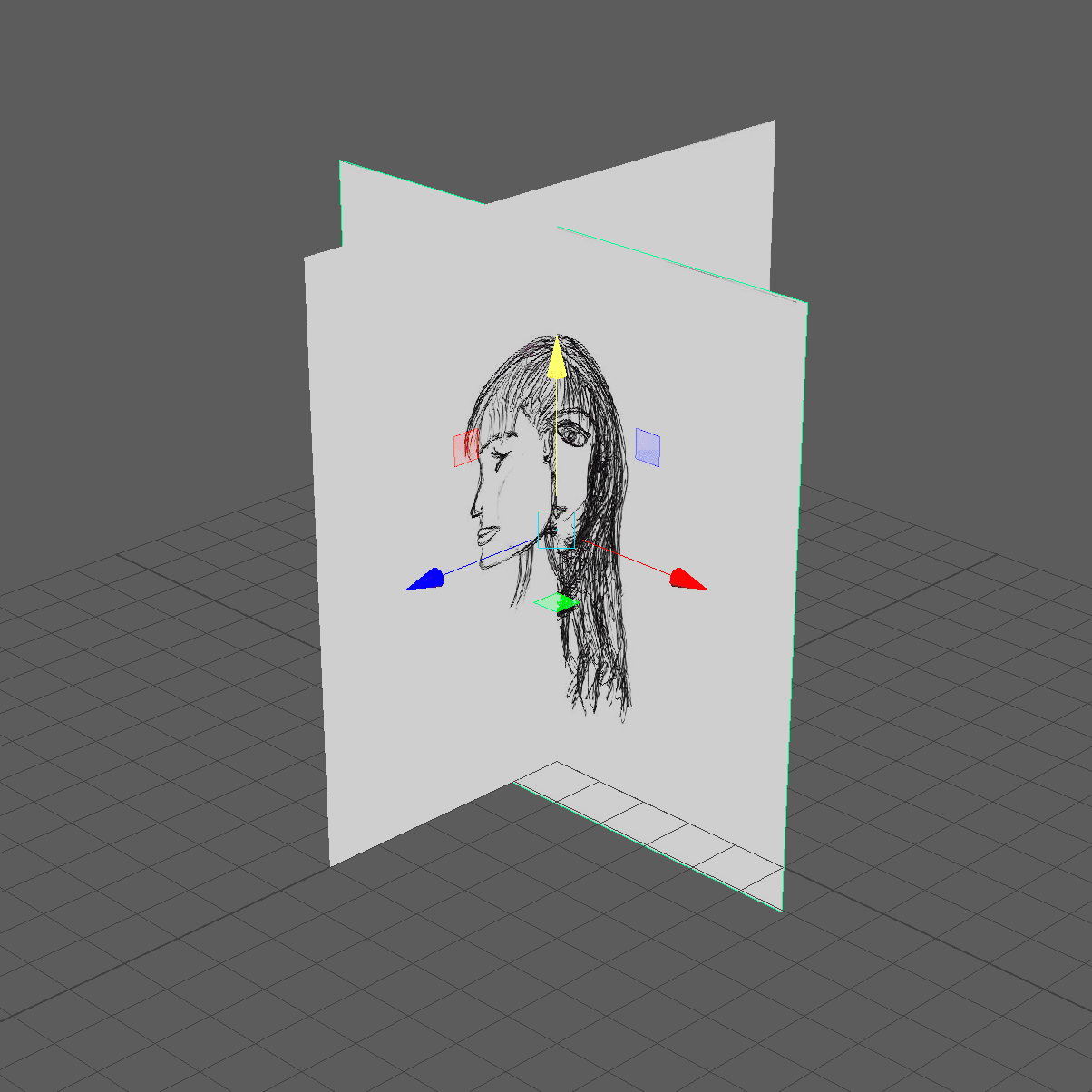
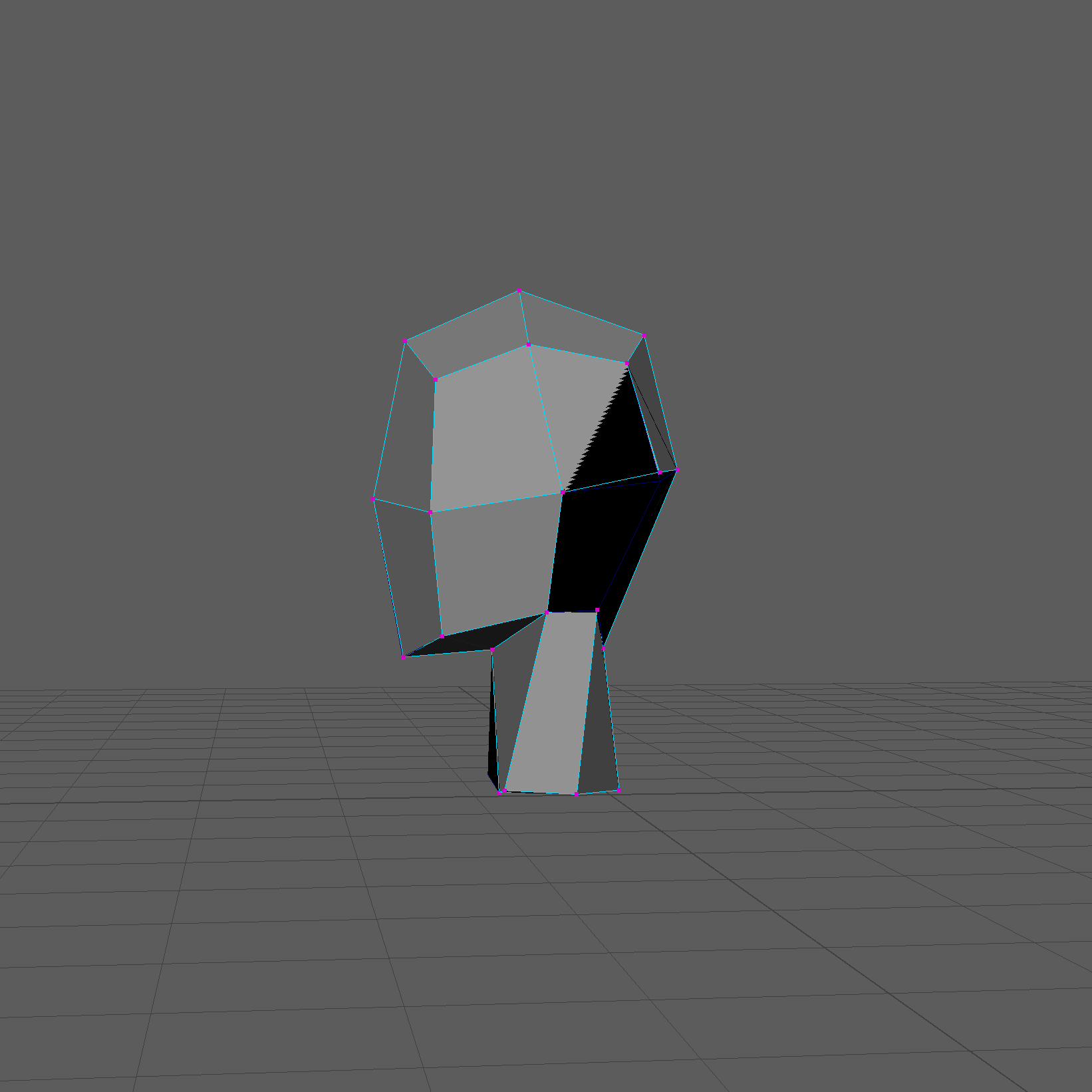
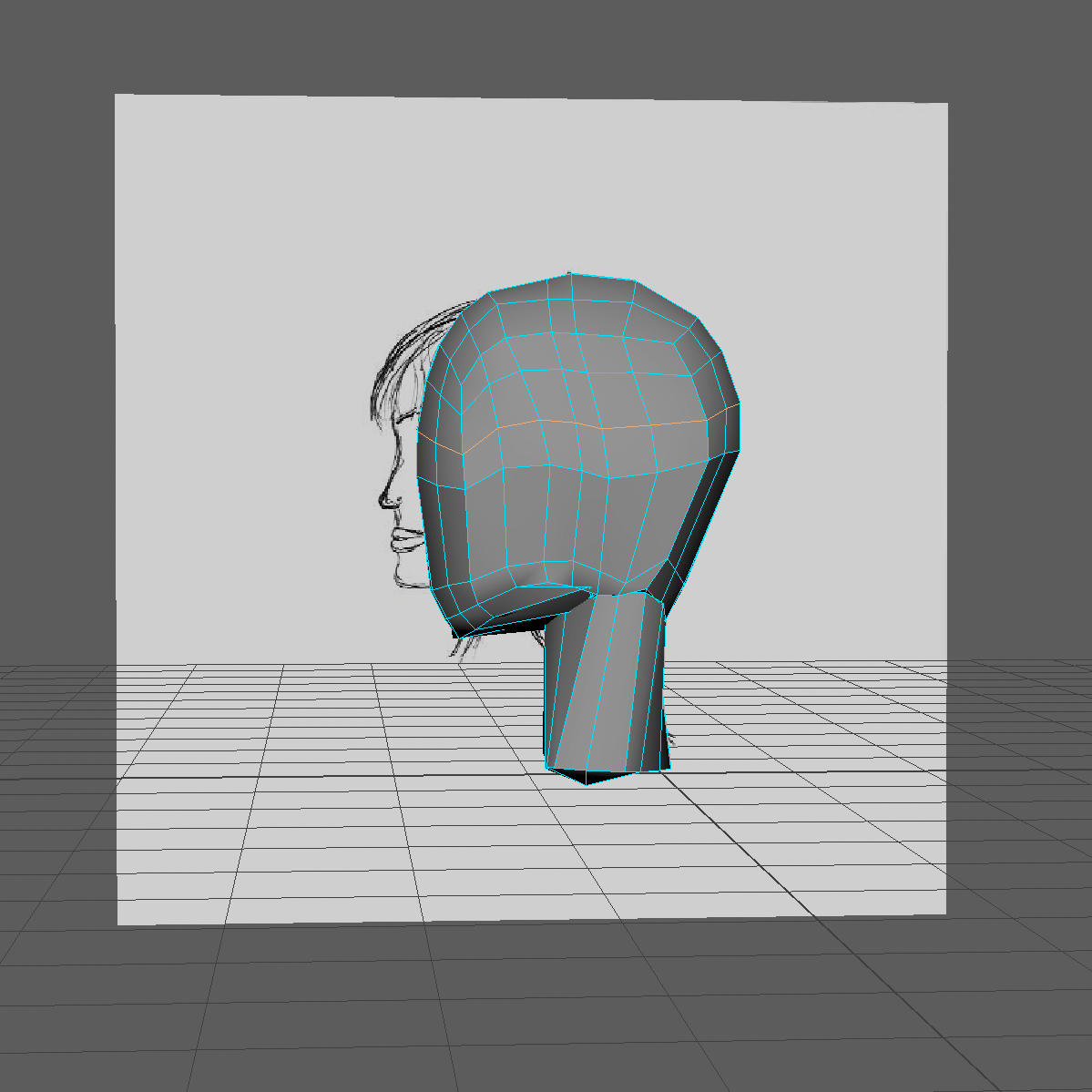

From here, detail of the facial features are to be added, and finally the body.
References
Cherry, K. (2021) The Dunning – Kruger Effect [online], Updated on August 06, 2021. Available at: https://www.verywellmind.com/an-overview-of-the-dunning-kruger-effect-4160740 [Accessed 31 January 2022]
Dealessandri, M. (2020) ‘What is the best game engine for your game?’ [online], gamesindustry.biz, 16 January. Available at: https://www.gamesindustry.biz/articles/2020-01-16-what-is-the-best-game-engine-for-your-game (Links to an external site.) [Accessed 28 January 2022].
Dunning, D. (2014) ‘We Are All Confident Idiots’ [online], Pacific Standard, updated 14 June 2017. Available at: https://psmag.com/social-justice/confident-idiots-92793 (Links to an external site.) [Accessed 28 January 2022]
Heuer, S. (2012) ’Building Square-Shaped Teams With T-Shaped People’ [online blog], Agile Sean, 30 April. Available at: https://agilesean.wordpress.com/2012/04/30/building-square-shaped-teams-with-t-shaped-people/ (Links to an external site.) [Accessed 31 January 2022].
Trimit, K. (2019) Head Modeling Tutorial Part1 | Learn Maya [online]. Available at: https://www.youtube.com/watch?v=GigCYmV3Ups [Accessed 2 February 2022]
Yip, J. (2018) ’Why T-Shaped People?’ [online], Medium, 24 March. Available at: https://medium.com/@jchyip/why-t-shaped-people-e8706198e437 (Links to an external site.) [Accessed 31 January 2022]
Full List of Figures
Figure 1 : Norton 2022 Front View (screen shot from Maya)
Figure 2 : Norton 2022 Side View (screen shot from Maya)
Figure 3 : Norton 2022 Perspective (screen shot from Maya)
Figure 4 : Norton 2022 Low Poly Side View (screen shot from Maya)
Figure 5 : Norton 2022 Smooth Side View (screen shot from Maya)
Figure 6 : Norton 2022 Four View (screen shot from Maya)